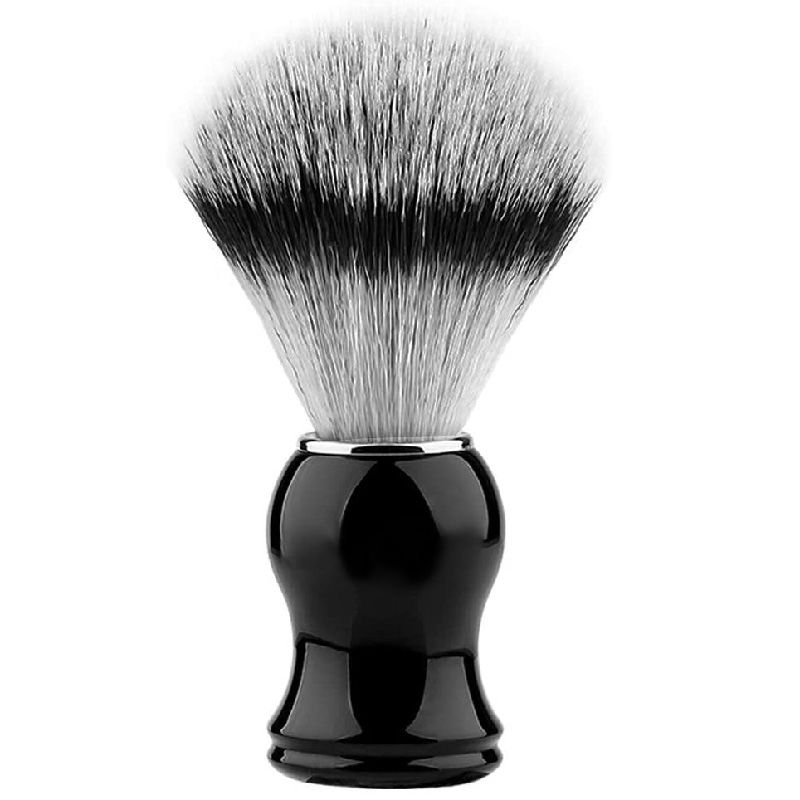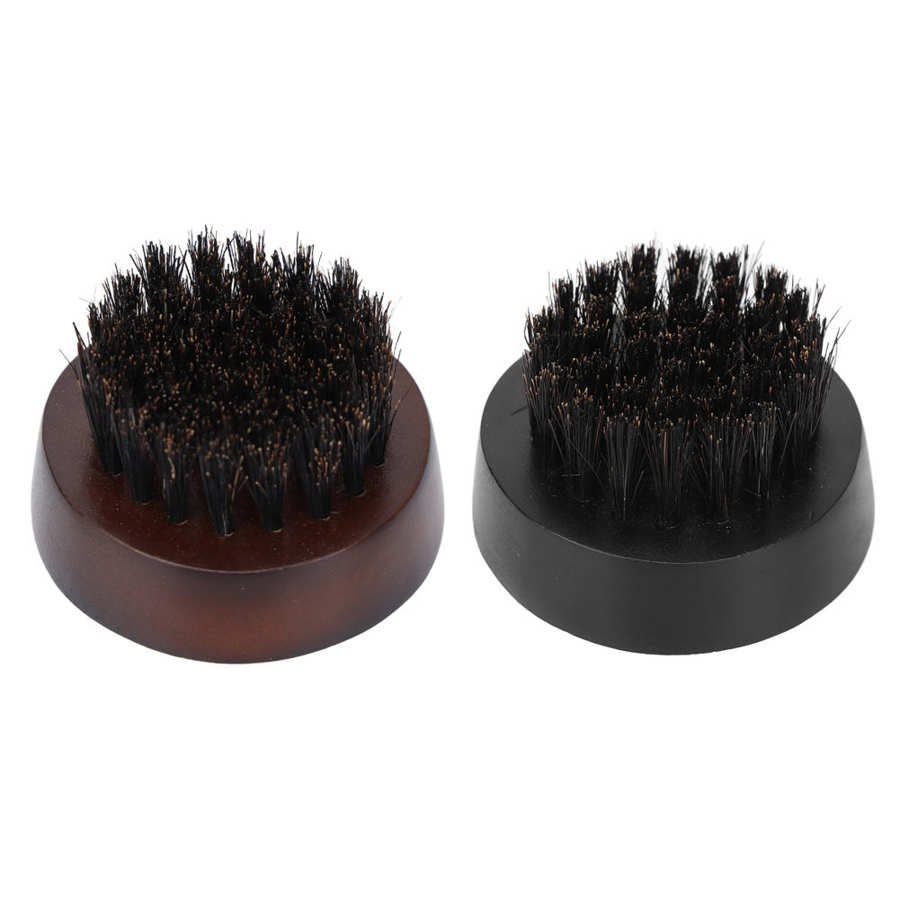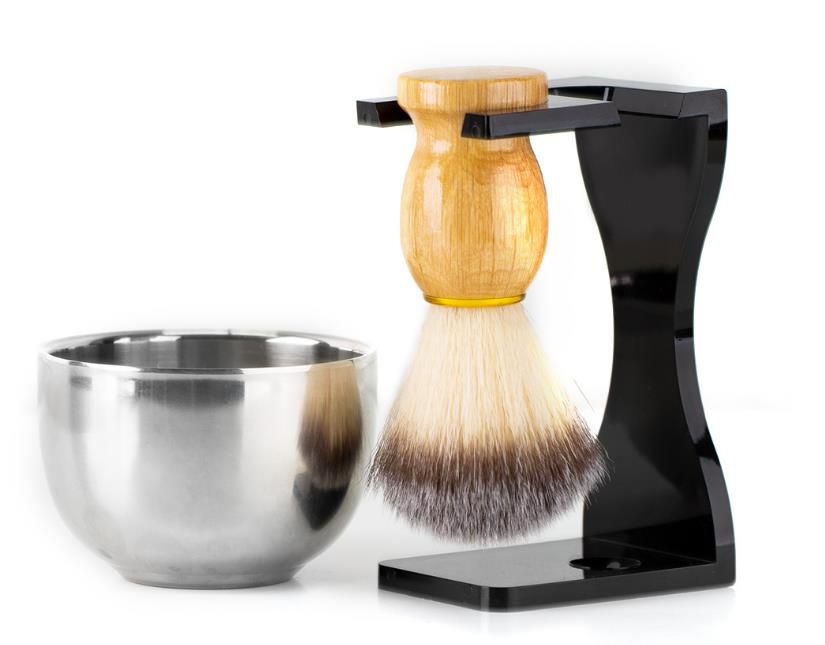Industry news
The Global Shaving Brush Industry: Regional Trends and Developments
- 288 Views
- 2025-09-13 02:31:26
The Global Shaving Brush Industry: Regional Trends, Consumer Shifts, and Market Dynamics 2024
The global shaving brush industry is experiencing a dynamic evolution, driven by shifting consumer preferences, material innovations, and regional market nuances. As a daily grooming essential with deep cultural roots, shaving brushes are no longer just functional tools but symbols of craftsmanship, sustainability, and personal style. This analysis explores key regional trends, growth drivers, and emerging developments shaping the industry across Europe, North America, the Asia-Pacific (APAC), and the Middle East & Africa (MEA).
Europe: The Cradle of Tradition and Craftsmanship
Europe remains the cornerstone of the global shaving brush market, anchored by a rich heritage of artisanal grooming. Countries like Italy, the UK, and Germany lead in craftsmanship, with brands such as Italy’s Omega and the UK’s Truefitt & Hill emphasizing handcrafted designs and premium materials. Consumer demand here leans heavily toward natural bristle brushes—particularly badger hair, valued for its water-retention and lathering properties—though synthetic alternatives are gaining traction among eco-conscious buyers.

A notable trend is the revival of “slow shaving” culture, where consumers prioritize ritual and quality over convenience. This has boosted sales of luxury sets (brush, razor, soap) as gifts, with France and Spain reporting a 15% year-over-year increase in premium礼盒 sales in 2023. Sustainability is also a key driver: European brands are increasingly using FSC-certified wooden handles and recyclable packaging, aligning with the EU’s strict environmental regulations.

North America: Premiumization and Synthetic Innovation
North America is the fastest-growing regional market, fueled by the “retro grooming” movement and rising male self-care awareness. The U.S. dominates, with consumers aged 25–40 driving demand for high-end, cruelty-free options. Synthetic bristle brushes now account for 62% of sales here, as brands like The Art of Shaving and Harry’s invest in advanced fibers (e.g., nylon-66) that mimic the softness of natural hair without ethical concerns.
E-commerce has been transformative: platforms like Amazon and Etsy host 70% of regional sales, with DTC brands leveraging social media (TikTok, Instagram) to market “barbershop-at-home” experiences. Canada, too, shows strong growth, with a 20% rise in organic shave brush searches in 2023, reflecting demand for plant-based handles (bamboo, cork) and vegan-friendly formulas.

Asia-Pacific: The Next Growth Frontier
APAC is poised to become the industry’s engine, with China, Japan, and India leading expansion. Japan, a mature market, prioritizes precision: synthetic brushes with ultra-fine bristles (0.05mm diameter) dominate, favored for their compatibility with foaming shaving creams. Brands like Japan’s Dovo report steady sales of “silk-touch” synthetic brushes, catering to urban professionals.
China, however, is the standout performer, with a 22% market growth in 2023. Gen Z and millennial consumers, influenced by K-beauty and social media (Xiaohongshu, Douyin), seek affordable yet stylish options—think minimalist aluminum handles and vibrant colorways. India, a nascent market, is seeing a surge in entry-level brushes (under $15) as the middle class expands, with local brands like Bombay Shaving Company tapping into this segment.
Middle East & Africa: Emerging Opportunities
MEA is an emerging market, driven by Western cultural influence and rising disposable incomes. The UAE and Saudi Arabia lead, with luxury retailers (e.g., Dubai Mall) stocking premium imports from Europe and the U.S. Consumers here prefer bold designs—gold-plated handles, exotic wood accents—and gift sets for weddings and Eid.
Africa, though smaller, shows potential in South Africa and Nigeria. Demand is price-sensitive, with synthetic brushes under $10 dominating, but there’s growing interest in “artisanal African” brands using locally sourced materials like shea butter-infused handles.
Global Developments: Material Tech and Sustainability
Across regions, material innovation is reshaping the industry. Synthetic bristle R&D has focused on enhancing water absorption and lather distribution; brands like Muhle (Germany) now offer “vegan badger” brushes with fibers that hold 30% more water than traditional synthetics. Natural bristle production, however, faces challenges: stricter wildlife protection laws (e.g., CITES regulations on badger hair) are pushing brands to explore alternatives like boar or horsehair.
Sustainability is no longer optional. From refillable brush heads (Proraso’s “Eco-Refill” line) to biodegradable packaging, 68% of industry leaders plan to launch eco-focused products by 2025. Customization is also on the rise, with 40% of U.S. brands offering engraved handles or personalized bristle colors, targeting high-net-worth consumers.
Outlook
The global shaving brush industry is set to grow at a CAGR of 4.8% through 2028, with APAC and North America leading. As consumer values shift toward ethics, craftsmanship, and experience, brands that balance regional preferences with global innovation will thrive.











